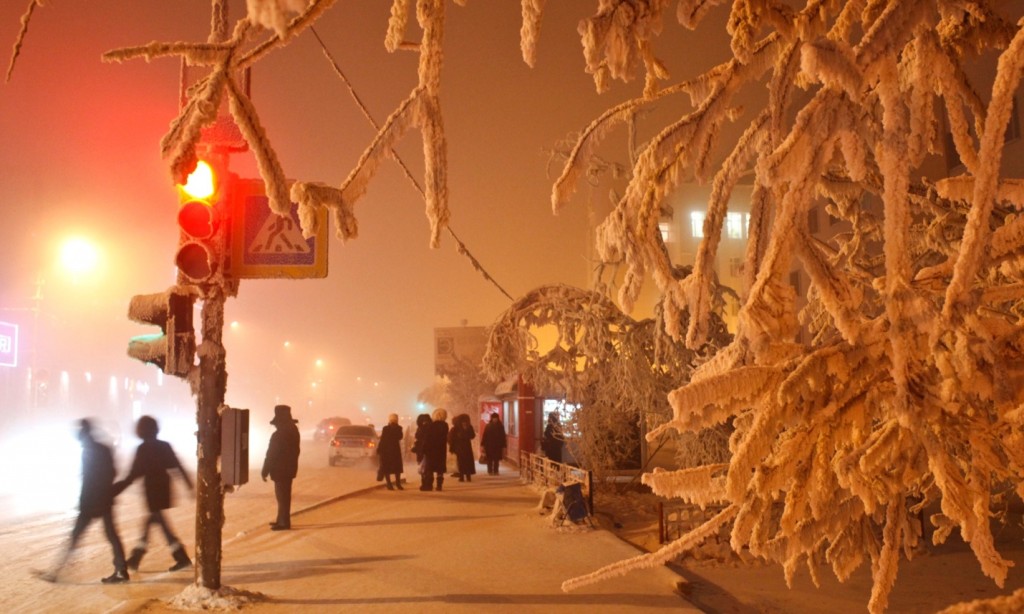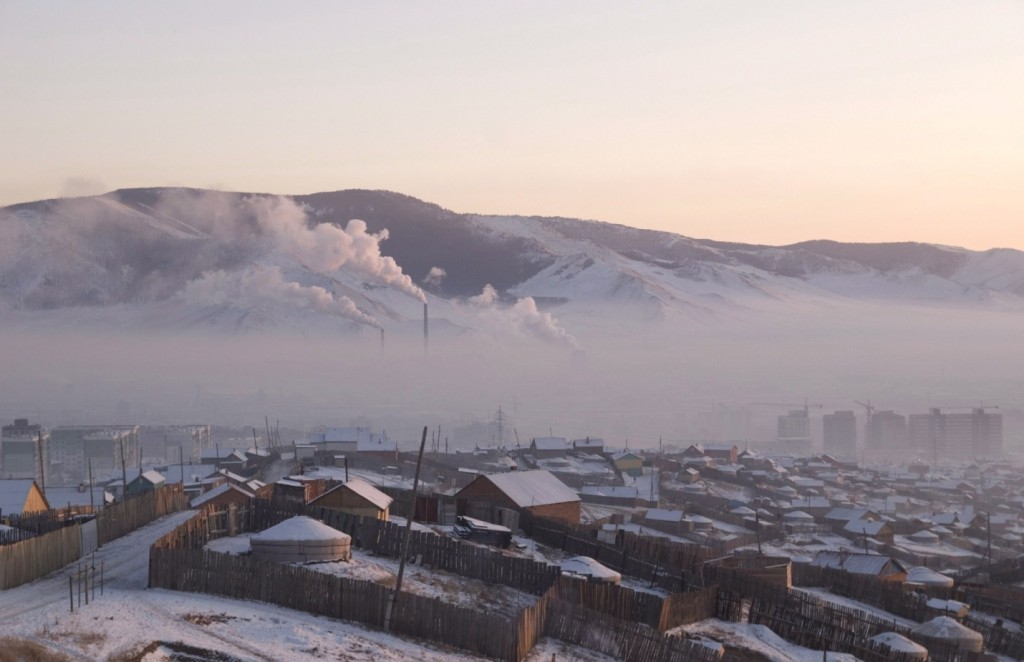Yellowknife in Canada, where windchill regularly takes the temperature below -30C? Ulaanbaatar in Mongolia, where you have to thaw the ground to bury people? Or Yakutsk in Russia, which few aeroplanes are rated to visit?

Östersun, Sweden likes to call itself “The Winter City”. For a municipality that has repeatedly bid for the Winter Olympics, it’s a good marketing title – so good, in fact, that the name is also used by Oulu, Finland and Edmonton, Canada. In all these places, being cold is a point of pride, where icy temperatures are not just tolerated but celebrated. But what city bears the right to adopt an entire season as its own? Which is truly the coldest city on Earth?
The World Meteorological Organisation’s World Weather Information Service, operated by the Hong Kong Observatory, is a good place to start, with 30-year climate normals for cities around the world. One strong candidate for coldest city is Yellowknife, in Canada’s Northwest Territories. It’s the kind of place where a typical single-family home spends up to $5,000 (£2,700) on heating oil per year, and where building codes stipulate that all new wood construction must include 1ft-thick walls stuffed with insulation. Firefighters in Yellowknife often slip on a fast-freezing rink of their own sprayed hose water, and must frequently chip the ice off their suits to make sure they can move their arms.
While it is the coldest city in North America, Yellowknife is not technically the coldest in the world – though residents will point out that you have to factor in the Wind Chill Index (35.74 + 0.6215T – 35.75[V0.16] + 0.4275T[V0.16], in which V is the wind speed in mph and T is the temperature in fahrenheit). Wind chill is the perceived temperature accounting for airflow, and tells you how many seconds you have before exposed flesh develops frostbite. At Weledeh Catholic School in Yellowknife, for example, it’s used to determine when to hold playtime indoors (wind chill below -30C, since you asked).
From our partners:
Like many remote northern capitals, Yellowknife, population around 20,000, is at the smaller end of what might reasonably be called a city. The coldest permanently lived-in human settlement is generally considered to be Oymyakon, Russia, a clutch of about 500 people clinging to existence in temperatures that have dropped to -67C. But Ulaanbaatar, the capital of Mongolia, is a more properly urban capital of cold: 1.3 million people living with an average January low of -33C that would make the city seem almost uninhabitable had it not been continuously inhabited for centuries. Here, traditional yurts are raised off the frigid ground, and when someone dies their relatives keep a bonfire roaring at the grave site to melt the permafrost enough for burial. The local diet includes horse-blood ice cubes. Nobody walks unless they can help it, making for car traffic so hellish that vehicles regularly drive on the sidewalk. And traditional indigenous survival techniques have been adapted for the modern age: instead of a fur-lined cache, people are known to use the boot of a disused car as a meat freezer.

Ulaanbaatar squeaks into position as coldest national capital on a technicality. If the 3 million sq km Sakha Republic were a sovereign nation, rather than a federal subject of Russia, its capital, Yakutsk, would hold the coldest national capital title as well as that of the coldest major city in the world. With an average winter temperature of -34C, Yakutsk – home to 270,000 people just south of the Arctic Circle – is so cold that the airport can’t accept most aeroplanes, which are not usually rated for lower than -40C. The cold saps energy from mobile phones, which must be periodically rewarmed. Even building houses is a challenge, as the pressure of a large structure melts the ground and causes it to sink, forcing engineers to use a device called a thermosyphon to keep the ground frozen year-round.
Traditional Yakutsk cuisine includes frozen Arctic cisco fish served with mustard sauce, and greenhouses are the only source of fresh vegetables. There’s even a Museum of Permafrost, a hoarfrost-encrusted institution that boasts the residence of the Russian Santa and serves vodka in shotglasses made of ice.
But whatever city you want to call the coldest in the world, there’s one activity that binds all their residents together: the dramatic fun (when it goes right) of tossing of a bucket of boiling water into a -40C sky.
This article originally appeared in The Guardian.















